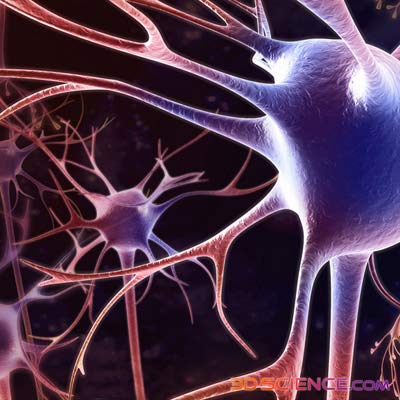Adult Brain Can Still Change

A new case study of a stroke patient suggests that adults' brains might be just as "plastic," or capable of creating new neural pathways, as those of children.
Past research has established the remarkable capacity of young brains to change or adapt to deficits by creating new signaling routes, a phenomenon called plasticity. However, whether adult brains have that same capacity has remained controversial.
Results from a new study, published in the Sept. 5 online edition of the Journal of Neuroscience, suggest at least in one patient, the visual center of an adult brain can reorganize itself neurally to overcome damaged pathways and result in changes (and possibly improvements) in visual perception.
Stroke patient
Daniel Dilks, now a postdoctoral associate at the McGovern Institute for Brain Research at MIT, and his colleagues studied the brain of a stroke patient, referred to as BL. Dilks completed the work while a graduate student at Johns Hopkins University.
BL's stroke had damaged the fibers that transmit information from the eyes to the primary visual cortex, which is a region in the grey matter in the back of the brain. The cortex itself remained intact.
The damage cut off communication between the upper left visual field and the corresponding region in the visual cortex, creating a blind area in that upper left visual field. (A visual field refers to the area that can be seen when that eye is directed forward and includes the peripheral vision.)
Sign up for the Live Science daily newsletter now
Get the world’s most fascinating discoveries delivered straight to your inbox.
Distorted images
BL had reported that things "looked distorted" in the area just below the blind spot. The researchers hypothesized the distortions resulted from reorganization in the deprived cortex.
To test their idea, the neuroscientists had BL focus on a center dot while images of objects, such as square shapes, appeared in various parts of the visual field. When the square popped up in the blind area, BL saw nothing.
When the square appeared just below the blind area, BL perceived the square as a rectangle stretching upward into the blind area. Likewise, the patient saw triangles as "pencil-like," and circles as "cigar-like."
Brain scans using fMRI showed the visually deprived cortex (upper left visual field) was responding to information coming from the lower left visual field—something that would not occur in a "normal" adult brain. That ability to "redirect" sight signals is a hallmark of plasticity, the authors say, and could explain the visual distortions.
"We discovered that it took on new functional properties, and BL sees differently as a consequence of that cortical reorganization," Dilks said.
Plastic proof
The new finding adds weight to suggestions made by other research about the ability of adult brains to morph.
This year, neuroscientists reported the adult mice could grow new neurons, a finding they said could have implications for the treatment of human neurodegenerative diseases such as Parkinson's. A similar finding was reported a couple of years ago in mice. In 2005, a brain-scan study of human adults with macular degeneration showed evidence of plasticity in the visual regions of their brains.
However, similar studies have somewhat tempered these positive results, one in which brain scans failed to find evidence for brain changes in patients with macular degeneration.
- Top 10 Mysteries of the Mind
- Vote Now: The Greatest Modern Minds
- What is 20/20 Vision?
Jeanna Bryner is managing editor of Scientific American. Previously she was editor in chief of Live Science and, prior to that, an editor at Scholastic's Science World magazine. Bryner has an English degree from Salisbury University, a master's degree in biogeochemistry and environmental sciences from the University of Maryland and a graduate science journalism degree from New York University. She has worked as a biologist in Florida, where she monitored wetlands and did field surveys for endangered species, including the gorgeous Florida Scrub Jay. She also received an ocean sciences journalism fellowship from the Woods Hole Oceanographic Institution. She is a firm believer that science is for everyone and that just about everything can be viewed through the lens of science.









